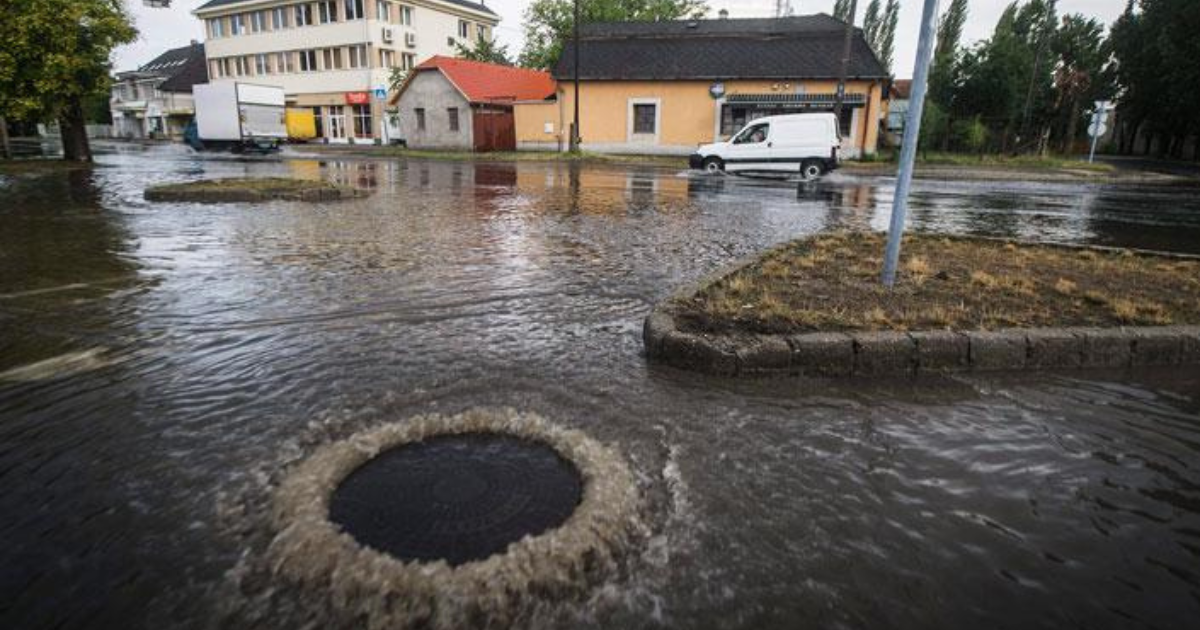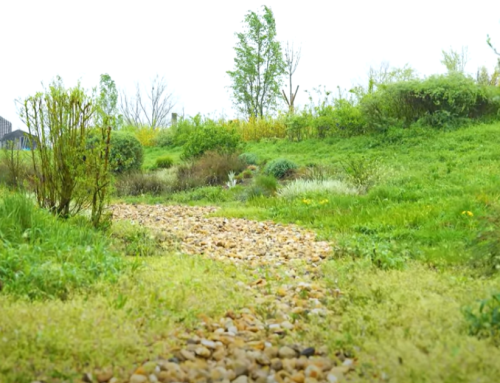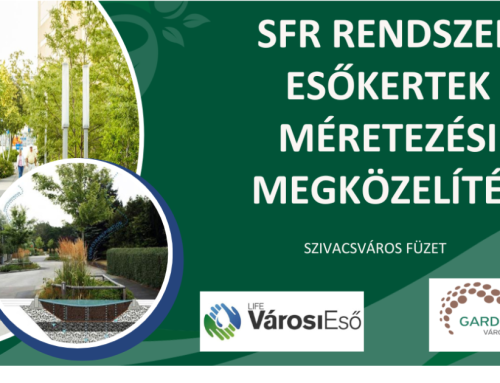Kecskemét városa, ahogy számos más település, szembesül a klímaváltozás okozta kihívásokkal, melyek között kiemelt helyet foglal el a hatékony vízgazdálkodás. Az egyre gyakoribbá váló aszályos időszakok és a heves esőzések egyaránt komoly problémákat okoznak, így a városvezetés fokozott figyelmet fordít a fenntartható megoldásokra. Ebben a törekvésben kulcsszerepet kapnak az esőkertek, melyek nem csak a csapadékvíz kezelésére kínálnak innovatív megoldást, hanem a városi környezet zöldítéséhez is hozzájárulnak.
A Gradus folyóiratban megjelent tanulmány részletesen elemzi Kecskemét esővízkezelési stratégiáját, kiemelve az esőkertek jelentőségét. A kutatás rávilágít, hogy a hagyományos csatornázási rendszerek nem minden esetben képesek hatékonyan kezelni a hirtelen lezúduló, nagy mennyiségű csapadékot, ami árvizekhez és a szennyvíztelepek túlterheléséhez vezethet. Ezzel szemben az esőkertek a természetes vízkörforgást utánozva, helyben tartják a vizet, csökkentve a csatornák terhelését, miközben elősegítik a talajvíz utánpótlását.
Kecskeméten az esőkertek fejlesztése több célt is szolgál. Egyrészt a belterületi csapadékvíz-elvezetés hatékonyságának növelése a cél, csökkentve az árvízi kockázatot és a közterületeken megálló vizet. Másrészt, az esőkertek hozzájárulnak a városi hősziget hatás mérsékléséhez, zöld felületként enyhítve a nyári forróságot. Továbbá a növényzet a levegő minőségét is javítja, miközben esztétikai értékkel is bír. Az esőkertek a biodiverzitás növelésében is fontos szerepet játszhatnak, élőhelyet biztosítva a rovaroknak és más élőlényeknek.
A tanulmány szerint Kecskeméten kísérleti jelleggel több helyszínen is létrehoztak esőkerteket, melyek különböző méretűek és kialakításúak. A helyszínek kiválasztásánál figyelembe vették a talajviszonyokat, a vízgyűjtő területeket és a városképbe való illeszkedést. A kísérleti projektek során értékes tapasztalatokat szereztek az esőkertek optimális kialakításáról, a megfelelő növényfajok kiválasztásáról és a karbantartási igényekről. A tapasztalatok alapján készülnek tervek a további esőkertek kiépítésére, figyelembe véve a város sajátosságait.
Az esőkertek tervezése és kivitelezése több lépésből áll. Először felmérik a területet, meghatározzák a vízelvezetési irányokat és a talaj jellemzőit. Ezután megtervezik az esőkert méretét és formáját, figyelembe véve a rendelkezésre álló helyet és a várható csapadékmennyiséget. A következő lépés a megfelelő növényfajok kiválasztása, melyek jól tűrik a változó vízviszonyokat, valamint a helyi klímát. Végül a kertet kialakítják a megfelelő földrétegekkel, melyek biztosítják a víz beszivárgását és a növények számára ideális környezetet.
Kecskemét nem csupán a közterületeken fejleszti az esőkerteket, hanem a lakosságot is ösztönzi a magánkertekben való alkalmazásukra. A város információs kampányokkal és tanácsadással segíti a lakókat az esőkertek kialakításában, felhívva a figyelmet a fenntartható vízkazdálkodás fontosságára. Az esőkertekkel nem csak a város vízháztartása javul, hanem a lakosok is egy szebb, zöldebb környezetben élhetnek.
A fenntartható vízgazdálkodás nem csupán egy múló divat, hanem egy elkerülhetetlen szükséglet a jövő városainak tervezésében. Kecskemét esőkertekbe való befektetése egy lépés a fenntarthatóbb jövő felé, mely példaként szolgálhat más települések számára is. Az esőkertekkel nemcsak a vizet takarítjuk meg, hanem a környezetünket is óvjuk, egy élhetőbb városért. A tanulmány rámutat, hogy a jövőben további kutatások és fejlesztések szükségesek a városi vízgazdálkodás hatékonyságának növeléséhez, melyek során az esőkertek még nagyobb szerepet kaphatnak.
Kecskemét esetében komoly erőforrást jelent a PCB Project Kft. szakmai és közösségi munkája, melyről honlapjukon bővebben is tájékozódhatnak.
Borítókép: blikk.hu







Hagyj üzenetet